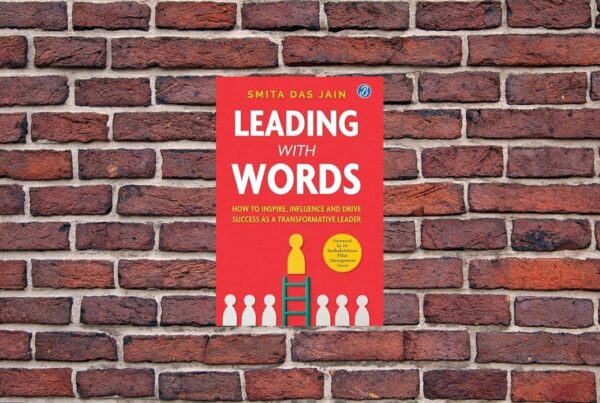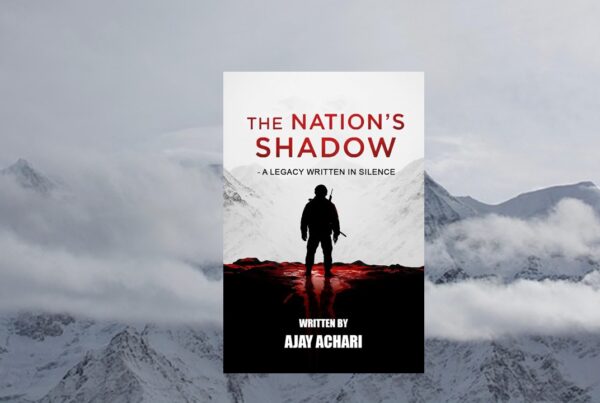The Mussoorie Murders by Divyaroop Bhatnagar is a riveting read, reminiscent of Agatha Christie’s whodunnits. The book touches on two murders committed years apart, the first in 1909, and the second in 1973. This gripping narrative traverses between these two periods.
The death of Margaret Maynard Liddell in 1909 had baffled many. More than sixty years later, Anahita Bilimoria’s murder is similar. Both crimes were committed in the picturesque hill station of Mussoorie, under nearly identical circumstances. The victims were women; heiresses, unlucky in love, who visited Mussoorie to heal their broken hearts through spirituality. They were found murdered in locked rooms, bolted from the inside, baffling the police and family members alike. Are the resemblances only coincidental, or have buried secrets resurfaced? The Oxford-returned Avijit Sikdar in an Indian Hercule Poirot avatar, attempts to get to the bottom of the mystery.
The scenic beauty of Mussoorie comes alive through the author’s words, as he captures the old-world charm of the buildings, the local cuisine, and the grandeur of the hotels. The characters, especially the victims, leave an impact on the reader; both women have everything, yet nothing, and desperately seek peace through seances and religious discourses.
The plot abounds with red herrings and suspicious characters; an inheritance, an estranged family, a cheating spouse, a fraudulent Godman, and greedy siblings. These help to maintain the element of mystery and pique the reader’s interest as you try to guess the identity of the killer. Avijit deciphers the clues and ties up both cases neatly, in a satisfying conclusion. He creates an impression on the reader with his memorable quips.
“I sometimes wonder what it takes to become a reporter. A nose for sensationalism and being devoid of logical thought seem to be the prerequisites.”
I couldn’t agree more!
The writing is elegant and flows easily. A times the two timelines can get a tad confusing, given the similarity of the circumstances and the location. It may take the reader a split-second to recalibrate between the two. What makes this book stand out is the blending of fact and fiction, using real-life narratives and anecdotes from the doyens of literature- Rudyard Kipling, Sir Arthur Conan Doyle, and Agatha Christie. What fascinated me the most was the trivia being referenced, like how the death of a British woman in Mussoorie in a locked hotel room later inspired Agatha Christie to write the iconic ‘Mysterious Affair at Styles’.
I’m eager to watch the onscreen adaptation of this compelling read. I look forward to reading more of Avijit’s adventures in the future!




